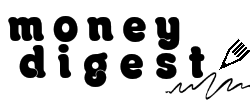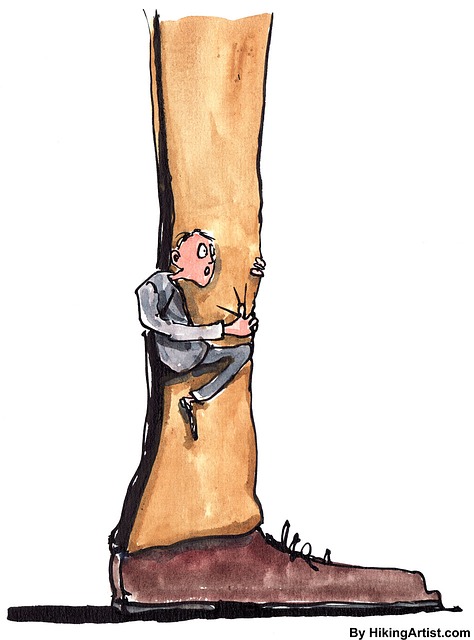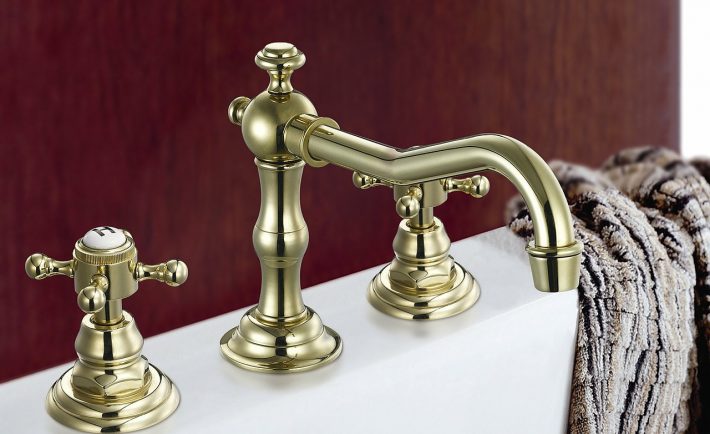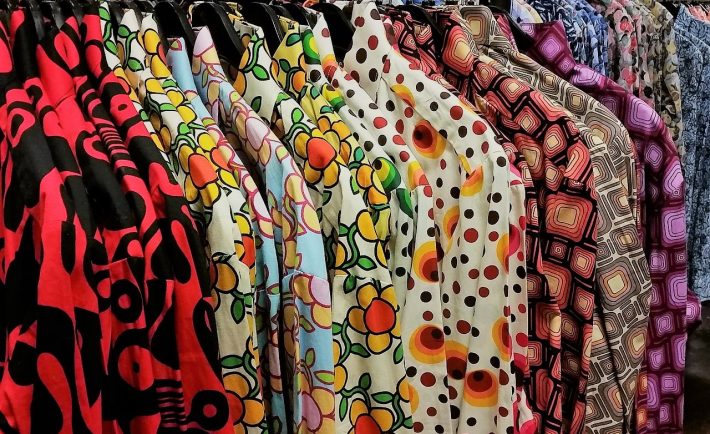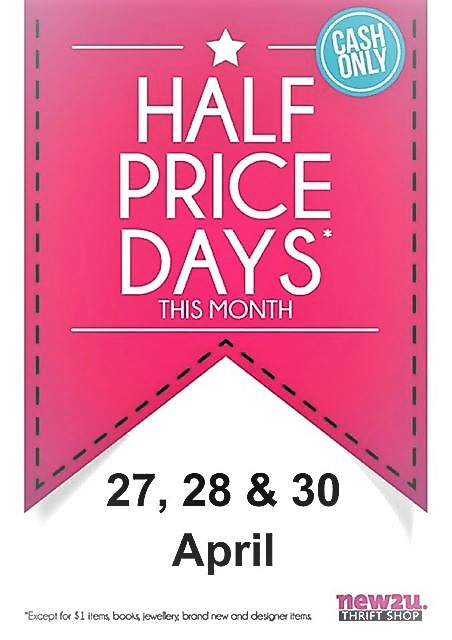Parents who support their children are less apparent in the Western setting where independence is practiced. In Singapore, it is more acceptable as we live within a predominately Asian culture.
Financial favoritism is an issue that strikes a chord in my heart as I have witnessed it happen numerous times in my family. Some of my distant relatives have relied immensely on their parents’ support throughout their lifetime. In most of these cases, there was one sibling (i.e., “the financial favorite”) who needed the money more than the others. It is pretty much an unspoken rule to lend a hand to a son or daughter in need.
Basing on ownership, your parents’ wealth is theirs to spend. They are free to give it away during appropriate circumstances. However, relationships can be significantly affected if the immediate family discovers that the parents were favoring one child financially. Parents must uncover the following questions to ensure that they are thinking all the possible issues thru.
WHEN SHOULD YOU LET THE SECRET OUT?
There are two types of financial support: minor and major. Minor support is generally an isolated case, which is temporary and sensitive. The sensitive nature of the situation is the main reason why you should keep the issue to yourselves. Now, let us focus on the latter. Major support can impact the entire family’s future. Disclosing the issue is necessary if you anticipate that the other siblings will have to chip in once you are no longer able to support the financial favorite.
WHY ARE YOU DOING THIS?
I can only imagine how much pain you are in once you see your child suffering from a financial crisis. Wanting to fix things for him or her is natural. It may be tempting to favor one over the other at times.
Explaining the situation to your family is an opportunity to clear the air. But, explaining your side may not guarantee that your other children would agree to your rationale. You must prepare for their diverse reactions after learning about the financial support for a specific sibling. If they consider the financial favorite as an irresponsible sibling, they may not be willing to help.
HOW WILL YOU ENSURE THAT MATTERS WILL BE FAIR?
Say the parents of Wendy thought that she needs extra help in the future because she is currently unmarried with a low-earning profession. They left more money in her inheritance than with the other siblings. After several years, Wendy became a successful lawyer and out-earned the rest.
Circumstances change. No one knows exactly what the future holds. So, consider being equitable when you plan your Last Will.

Image Credits: pixabay.com
Whatever your reason may be, strategically contemplate on how your actions will affect your relationship with your children as well as the relationship between them. Supporting one child financially is acceptable – to a certain extent.
